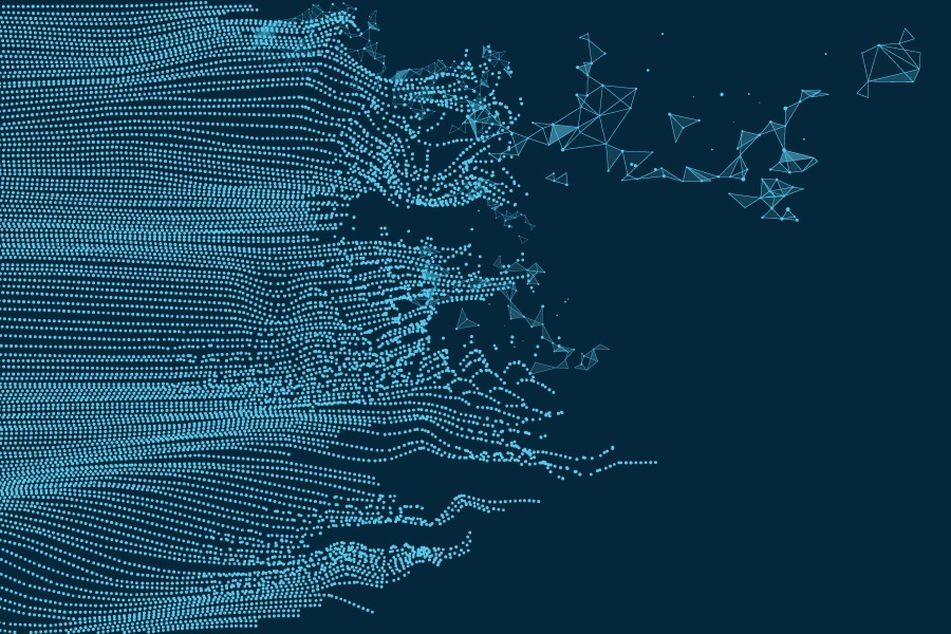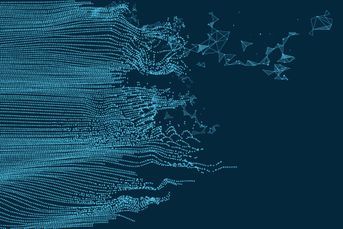Alerting clients to dark patterns and sludge

Sludge is like an anti-nudge: Rather than removing friction to make a choice simpler, sludge adds friction or complexity to the customer journey for the purpose of entrapping or upselling consumers.
Cass Sunstein, author of the classic behavioral economics book “Nudge,” has just announced the upcoming release of a new book, “Sludge,” and it seems fitting to mark the occasion with a discussion about dark patterns and sludge in the world of finance.
Anyone familiar with behavioral science knows the power of a good nudge. Some will be familiar, too, with the concept of sludge. Sludge is like an anti-nudge. Rather than removing friction to make a choice simpler, sludge adds friction or complexity to the customer journey for the purpose of entrapping or upselling consumers.
That subscription you haven’t cancelled because you don’t want to have to call the company and argue with a live salesperson? The company could have made unsubscribing easy with a simple click; the fact that you have to hunt down the phone number from some remote recess of its website, and then call and talk to one of its trained sales reps is intentionally added friction designed to dissuade you from canceling. That’s sludge.
Sludge is a new term coined by Sunstein, but the concept of dark patterns is not new. Dark patterns are common in video games and marketing, and can even be found in the design of some financial products.
Put simply, a dark pattern is a user interface or product design that is engineered to trick or coerce users into doing something they wouldn’t otherwise do. For example, one dark pattern common in video games is known as “grinding,” where a user must invest hours into building a character’s abilities before real game play is possible. Hours in the game are habit-forming and can contribute to addiction.
One Princeton University study analyzed online shopping sites and found more than 1,800 instances of dark patterns, representing 15 different types. In the world of finance, dark patterns can take the form of exorbitant interest, expensive surrender clauses or hidden fees.
In the financial advice industry, we take great care to help people understand the best products and services to assist them in reaching their goals. It can be equally beneficial to help them recognize and avoid dark patterns when choosing financial products and services.
Obvious offenders are payday loans and exorbitant rent-to-own schemes, but there are many other forms dark patterns can take. Misdirection, obscured pricing, misinformation or intentional obfuscation, and hidden costs are common dark patterns. I’m sure you can think of at least one financial product that fits the bill.
It can sometimes be difficult to identify dark patterns in financial products because whether something is a “feature” or a “dark pattern” may depend on the customer’s needs. For example, a homebuyer who intends to flip a property in two years might be very well-served by a variable rate mortgage in a low-interest-rate market. However, if the homebuyer plans to stay in that home for decades, that same product might trap them into payments they can’t reasonably afford when interest rates change. For this reason, knowing your clients’ needs and plans is just as important as knowing the attributes of the products they have to choose from.
As research into dark patterns continues, no doubt we will see more and more tools for recognizing them and flagging problematic products and services with ease. We will one day be able to have AI scan the terms and conditions of a product or service and report dark patterns in milliseconds. This is not possible today.
For now, consumers are depending on you — the adviser — to protect them from what they don’t see and don’t know. Learning more about how financial products are constructed and scrutinizing the financial marketplace for products that are transparent and sludge-free is just one more valuable service you can provide clients as you help guide them on the path to financial well-being.
[More: Emotions are information]
Sarah Newcomb is a behavioral economist at Morningstar Inc.
Learn more about reprints and licensing for this article.








